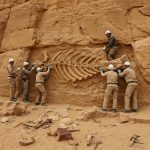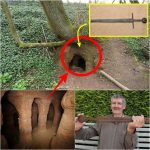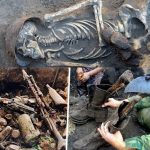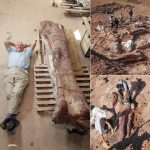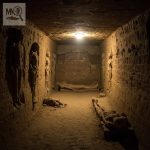Early Humans: Prey on the African Plains
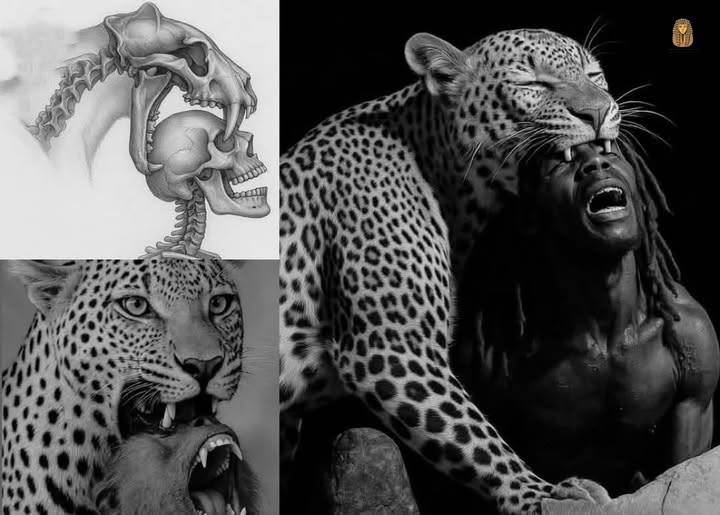
In the heart of Tanzania’s Olduvai Gorge, often called the “Cradle of Humankind,” archaeologists have made a discovery that challenges long-held assumptions about early human life. A 1.8-million-year-old Homo habilis fossil reveals that our ancestors were not only hunters and tool-makers but also vulnerable prey. The skull of this early human bears deep puncture marks matching the canines of a large predator, likely a leopard, offering a vivid glimpse into the dangers faced by our species during its formative years.
A Startling Revelation

The fossilized skull indicates that early humans lived under constant threat from the predators that roamed the African plains. This evidence overturns the popular narrative of early humans as dominant hunters, highlighting instead the precarious balance of survival. Homo habilis, though skilled in tool-making and resource exploitation, had to navigate a world where evasion and vigilance were as critical as ingenuity. The marks on the skull provide a chilling reminder that life in the Pleistocene epoch was a daily struggle, shaped by danger, adaptation, and the need for protection.
Insights Into Human Evolution
This discovery sheds new light on the evolution of early humans. Being prey may have influenced social behaviors, cooperation, and intelligence in Homo habilis. Living under constant threat likely encouraged group cohesion, the sharing of knowledge, and the development of strategies to avoid predation. These pressures could have accelerated the evolution of problem-solving skills and early communication, laying the groundwork for survival tactics that would become central to human evolution.
Archaeologists and paleoanthropologists are examining the fossil for additional clues about the interactions between early humans and large predators. The Olduvai Gorge, with its rich fossil record, provides a window into a dynamic ecosystem where hominins, predators, and herbivores coexisted, each shaping the survival strategies of the others.
Rethinking Early Human Life

The Homo habilis fossil challenges the romanticized view of early humans as fearless hunters from the outset. Instead, it emphasizes that human evolution was shaped by both skill and vulnerability. Survival required intelligence, agility, and cooperation, as well as the ability to adapt quickly to threats from formidable predators. This perspective enriches our understanding of human origins, illustrating that the development of tools, fire, and early social structures emerged not solely from curiosity or ingenuity but also from the imperative to survive in a dangerous world.
Conclusion
The 1.8-million-year-old Homo habilis fossil from Olduvai Gorge is a striking testament to the harsh realities faced by early humans. By revealing that our ancestors were once hunted by large predators, it reminds us that evolution was forged in an environment where survival demanded more than intelligence—it required vigilance, adaptability, and cooperation. This discovery deepens our understanding of human origins, highlighting the precarious journey from vulnerable prey to skilled hunter, and underscores the intricate interplay between danger and ingenuity in shaping the story of humankind.




